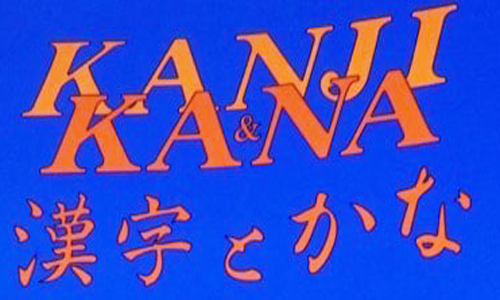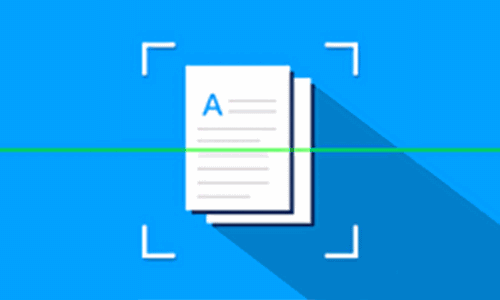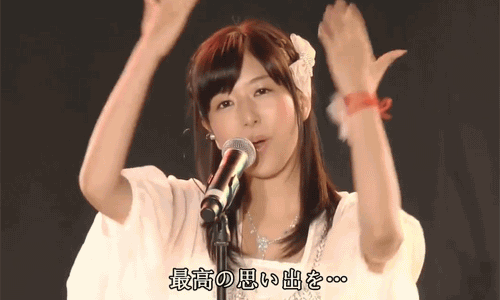Fifty Sounds Pronunciation
Online pronunciation of Japanese Hiragana and Katakana. You can also download the mp3 files or zip file.
| あ | い | う | え | お | |||||
| か | き | く | け | こ | |||||
| さ | し | す | せ | そ | |||||
| た | ち | つ | て | と | |||||
| な | に | ぬ | ね | の | |||||
| は | ひ | ふ | へ | ほ | |||||
| ま | み | む | め | も | |||||
| や | ゆ | よ | |||||||
| ら | り | る | れ | ろ | |||||
| わ | を | ||||||||
| ん | |||||||||
| が | ぎ | ぐ | げ | ご | |||||
| ざ | じ | ず | ぜ | ぞ | |||||
| だ | ぢ | づ | で | ど | |||||
| ば | び | ぶ | べ | ぼ | |||||
| ぱ | ぴ | ぷ | ぺ | ぽ | |||||
| きゃ | きゅ | きょ | |||||||
| しゃ | しゅ | しょ | |||||||
| ちゃ | ちゅ | ちょ | |||||||
| にゃ | にゅ | にょ | |||||||
| ひゃ | ひゅ | ひょ | |||||||
| みゃ | みゅ | みょ | |||||||
| りゃ | りゅ | りょ | |||||||
| ぎゃ | ぎゅ | ぎょ | |||||||
| じゃ | じゅ | じょ | |||||||
| びゃ | びゅ | びょ | |||||||
| ぴゃ | ぴゅ | ぴょ |
Download the packaged Hiragana, Katakana pronunciation mp3 file.
The basic unit of Japanese pronunciation is the one by one tone expressed in hiragana. Therefore, Japanese is called mora language, and Chinese is syllable. Each beat is a "vowel" or "consonant + vowel". There are 5 "vowels", namely "あいうえお", while "かきくけこ", "さしすせそ", etc. are "consonants + vowels".
However, there are two exceptions, one is "ん" and "っ", both of which have only consonants without vowels. And "ん" is difficult to pronounce alone, and "っ" cannot be pronounced alone. But the length of their pronunciation is a beat each. The other is "きゃ, きゅ, きょ", etc., which is composed of "consonant + y + vowel", which is a pronunciation from ancient Chinese.
The tone of the Japanese is the position of the beat, and the word of a tone beat in Japanese is not divided in tone. For example, there is no difference between "日 (ひ)" and "火(ひ)" according to the Tokyo tone.
However, if the subsequent particle "が" becomes two beats, "日が" and "火が" will differ according to the Tokyo tone.
If the above tone marks are based on the Tokyo Kanto tone, the most important characteristics are "whether it falls" and "from which beat it begins to fall". This is called a tonal pattern.





